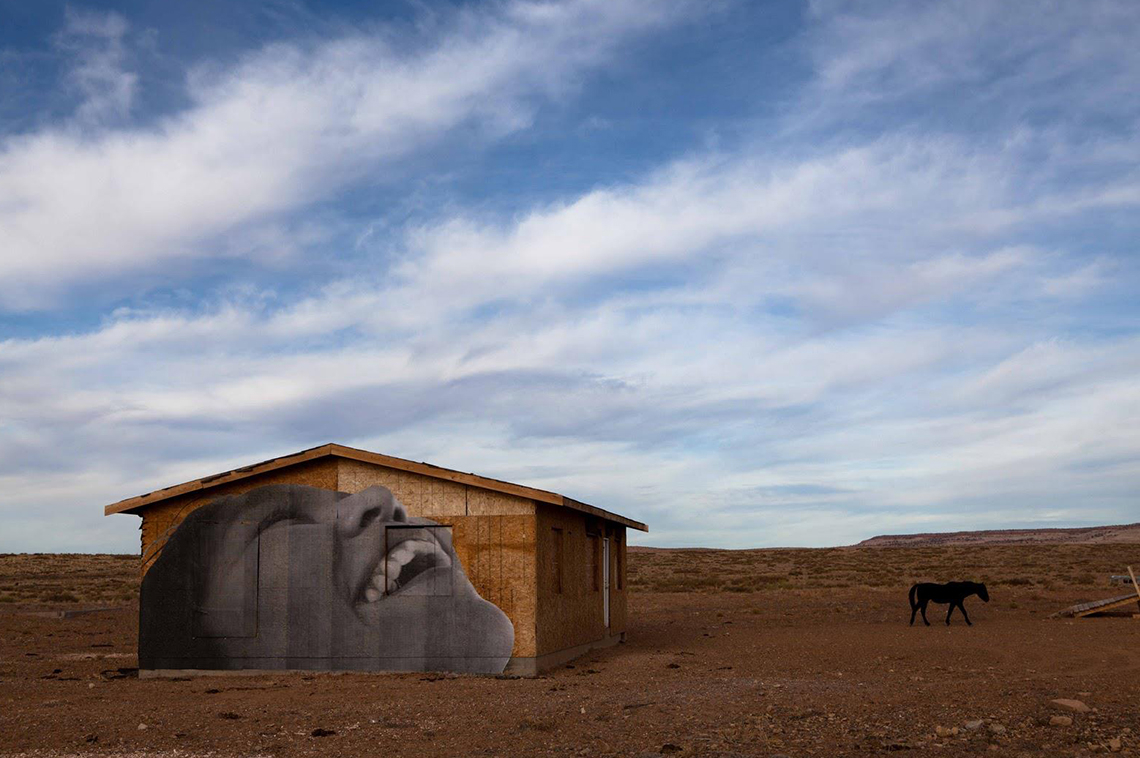
Earlier this year we were lucky enough to sit in on a webinar run by The Rural Policy Research Institute (RUPRI) in collaboration with Art of the Rural.
They drew together experts in the field to talk about creative placemaking for the next generation in rural areas. Together they have created the Next Generation Theory of Change, a national collaboration that engages artists, organizations and communities across the public and private sectors to advance innovative strategies and collaborations in rural creative placemaking. This cross-sectoral approach has significant national policy impacts, which continue to expand substantive exchanges that to promote innovative approaches to rural creative placemaking and express the social and cultural diversity of rural America.
This work began in 2009 as a blog, with a mission to help build the field of the rural arts, create new narratives on rural culture and community, and contribute to the emerging rural arts and culture movement. By 2018, the Next Generation Rural Creative Placemaking initiative, Kentucky Rural-Urban Exchange, Outpost Winona, and a range of affiliated projects, Art of the Rural’s work invites a broad range of rural people to contribute projects and media efforts that embody the value, diversity, and nuance of contemporary rural culture and inspire lasting connections to rural people and places.
RUPRI provide unbiased analysis and information on the challenges, needs, and opportunities facing rural America. Their aim is to spur public dialog and help policymakers understand the rural impacts of public policies and programs. Rural people and places have the resources and capacities to create strong, viable, meaningful, and sustainable futures that can both withstand and turn to advantage the forces of globalization and economic, demographic, and social change. Rural and urban people find common cause and understanding about the future role and governance of rural places and the contribution that rural life and culture makes to national identity.
Here we share with you the wisdom of some of the folks on the webinar:
Chuck Fluharty founder, President, and CEO of RUPRI said:
- You have to build a diverse inclusive culturally appropriate venue where the next generation can express themselves, if you do not, in the long term that place will wither.
- We need to think about arts and culture beyond tourism and economic activity
- We need to figure in the culture that is already there that keeps people there
- We have to think about the policy dynamics in all sectors and the assets in rural America
- The rural wealth creating lab is designed to build metrics over time that describe and signal for policy makers how relationships work. This helps to deepen the appreciation in public policy beyond economic impacts that arts and culture bring.
- RUPRI has been working on this for 3 decades. I feel more hopeful about it today, despite the last year. We have a lot more work to do and we hope that the lab can begin it. We will be hosting a series of webinars in the future.
Kiley Arroyo - A strategist based in CA who has worked with RUPRI for 2 years shared:
- I’m working on how arts and culture can field broad social change, policy entrepreneurship and wealth creation
- Also on how research can help facilitate greater dialogue and increased facilitation between rural and urban conversations
- The wealth framework works in urban places as well.
Tom Johnson - the group lead on the literature review said:
- Our goal is to understand the nexus of social innovation entrepreneurship and how that relates to wealth creation and how arts and culture differs in rural US and other parts of the world.
- We are identifying the resilience of rural people and places
- We’re thinking about the wide variety of assets a rural community has (including nature/human capital/social capital)
- Improving QOL for rural residents and encouraging them to contribute to the whole
- Leading to the articulation of an applied research program
- With this information we will be making an interactive website
- We’ll be producing a document that describes how the literature review lays out rural differentials.
Philanthropy funding for the arts
- We are seeing a sea change going on in this regard which needs to continue to change
- It increases the potential of philanthropy boards to be more serious about the ritual dimension of their work
- Because public sector funding is significantly less in rural areas than in urban ones it’s critical that philanthropy contribute more. This is starting to happen but we have a ways to go. The Last national assessments done by ERS (the Fed Gov) were in 2015 and they said that only 6% of all grants went to rural (arts and culture being an even smaller percentage) so- the inequity is quite severe
All were agreed that rural creative placemaking must become a central component of rural economic and community development in our nation.
Useful links shared by participants
Report from a Creative Network project in Vermont
Artists, Artisans, and Entrepreneurs- Creative Economy of the East Central Vermont region.
Next Generation National Summit
DRA investment to strengthen local economies through arts culture report
Alan Weber's "Rural Route Film Festival" (About ten years of domestic and international short films forming a huge compendium of examples of intersectionality in the medium of film. )
An example of rural cultural heritage tourism
Smithsonian's new Museum On Mainstreet, slated to open in 3 states this year.





